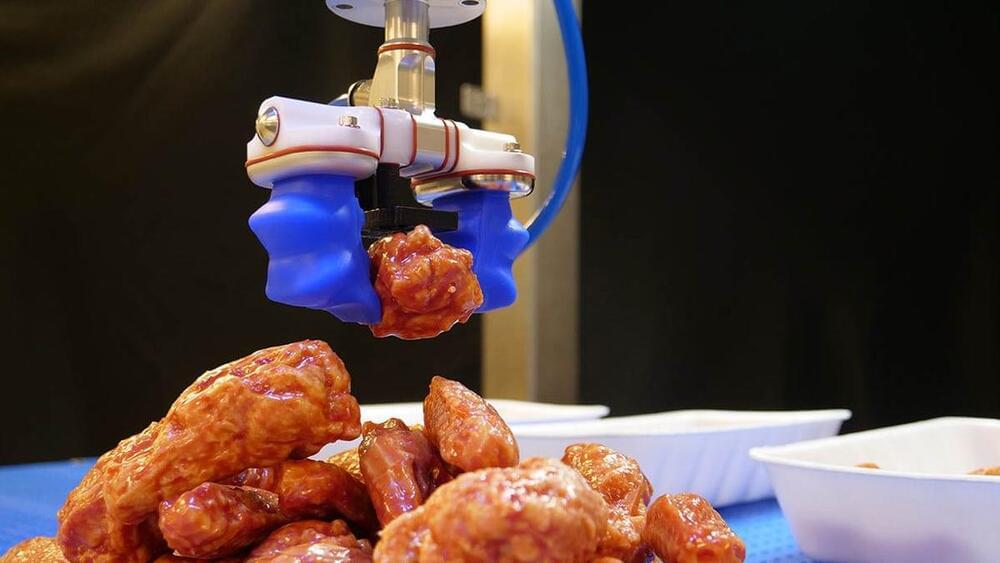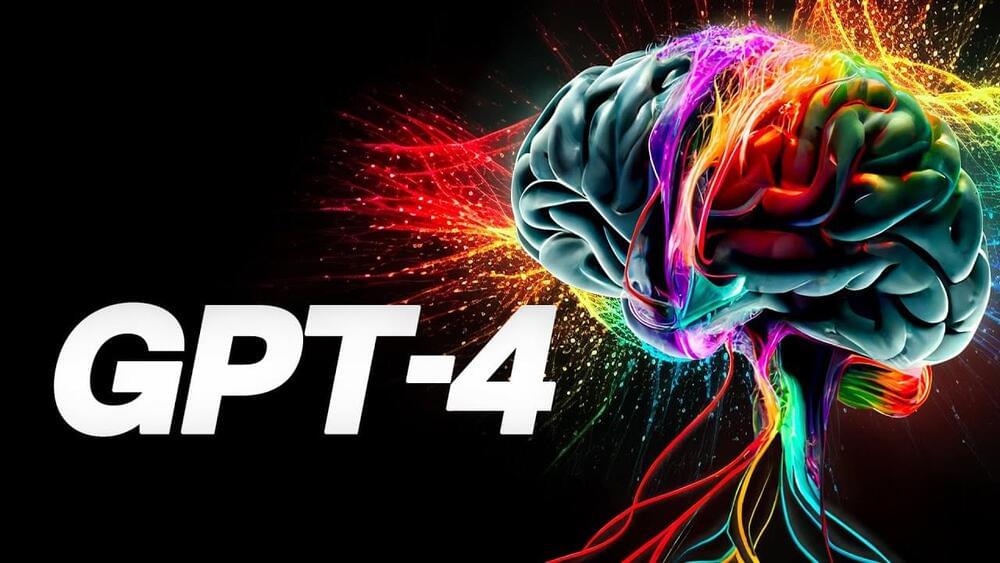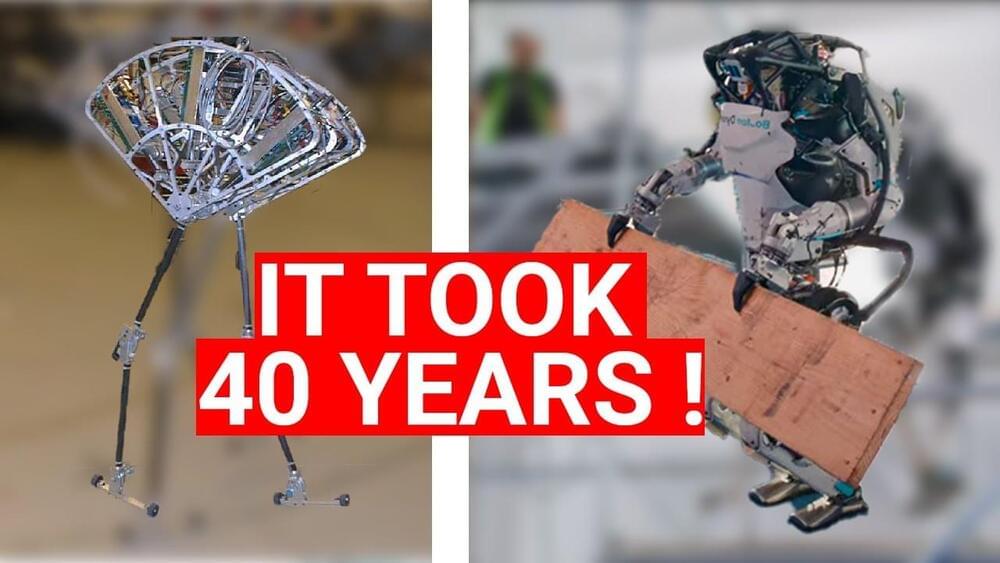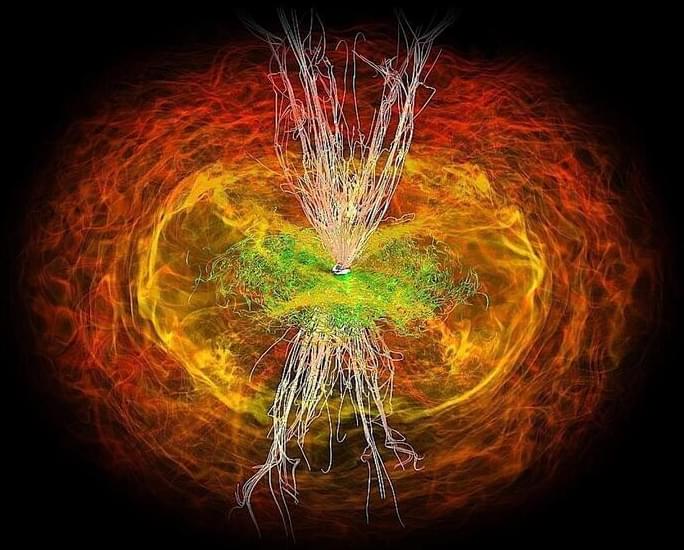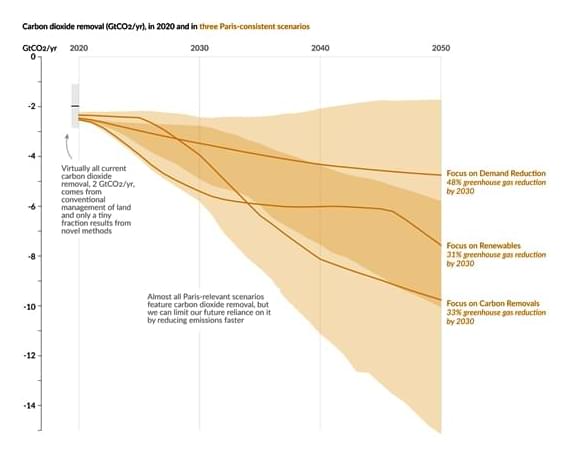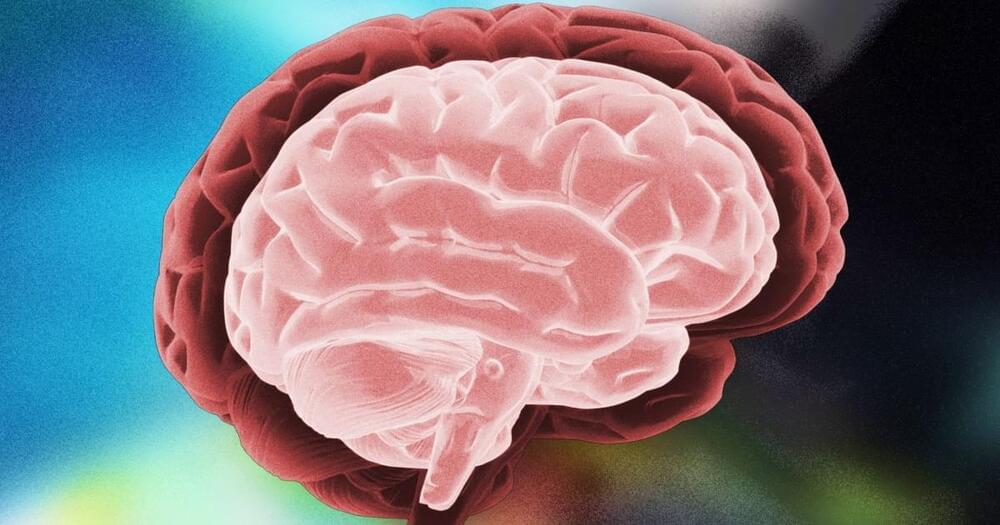The chipmaker is showcasing how a robotics startup is using its simulation platform to train robots to pick up food like pieces of chicken.
Get ready to be amazed by the next generation of artificial intelligence. In this video, we’ll explore what we know about GPT-4 so far, including facts, rumors, and general expectations for this next-generation AI model. From its capabilities to its potential uses, we’ll take a deep dive into everything you need to know about GPT-4.
🔔 Did you enjoy the content? Subscribe here:
- https://rb.gy/nekyhx.
🎥 Want to watch more? Find videos here:
- https://rb.gy/l03r32
⚠️ Copyright Disclaimers.
• Section 107 of the U.S. Copyright Act states: “Notwithstanding the provisions of sections 106 and 106A, the fair use of a copyrighted work, including such use by reproduction in copies or phonorecords or by any other means specified by that section, for purposes such as criticism, comment, news reporting, teaching (including multiple copies for classroom use), scholarship, or research, is not an infringement of copyright.”
• We use images and content in accordance with the YouTube Fair Use copyright guidelines.
https://youtube.com/watch?v=E7qJQ2i47ZY&feature=share
This video shows the humble beginnings and the 40 years of development journey of Boston dynamics’ robot ATLAS. We start with the first model developed in 1983 in the leg lab in MIT, all the way to the current version of Atlas shown in 2023 in the Boston dynamics youtube channel.
Atlas is an incredibly advanced humanoid robot that has been developed by the robotics company Boston Dynamics. It is a bipedal robot that stands at 6 feet tall and weighs 180 pounds. It is capable of performing a variety of tasks, including walking, running, jumping, and even performing backflips.
Atlas is equipped with a variety of sensors, including cameras, laser rangefinders, and inertial measurement units. This allows it to perceive its environment and interact with it in a variety of ways. It is also equipped with a powerful onboard computer that allows it to process data and make decisions.
⏱️ TimeStamps :
0:00 1983
0:19 1985
0:51 1989–1993
1:11 1994
2:07 2009
2:15 2011
2:25 2013
3:23 2016
4:26 2017
5:37 2021
6:26 2023
7:31 Subscribe smile
🏷️ HashTags: #bostondynamics #artificialintelligence #robots
For the past 60 years, helicopters have provided essential vertical takeoff and landing (VTOL) capabilities–omnidirectional maneuverability, hovering, landing on almost any flat surface–for countless military operations. Even as VTOL aircraft technology continues to advance, however, one key goal still remains elusive: improving top speed beyond 150 kt-170 kt. Faster VTOL aircraft could shorten mission times and increase the potential for successful operations, while reducing vulnerability to enemy attack. Unfortunately, new VTOL designs so far have been unable to increase top speed without unacceptable compromises in range, efficiency, useful payload or simplicity of design.
Defense Advanced Research Projects Agency.
Our Research.
Vertical takeoff and landing experimental plane.
Scientists have advanced in discovering how to use ripples in space-time known as gravitational waves to peer back to the beginning of everything we know. The researchers say they can better understand the state of the cosmos shortly after the Big Bang by learning how these ripples in the fabric of the universe flow through planets and the gas between the galaxies.
“We can’t see the early universe directly, but maybe we can see it indirectly if we look at how gravitational waves from that time have affected matter and radiation that we can observe today,” said Deepen Garg, lead author of a paper reporting the results in the Journal of Cosmology and Astroparticle Physics. Garg is a graduate student in the Princeton Program in Plasma Physics, which is based at the U.S. Department of Energy’s (DOE) Princeton Plasma Physics Laboratory (PPPL).
Garg and his advisor Ilya Dodin, who is affiliated with both Princeton University and PPPL, adapted this technique from their research into fusion energy, the process powering the sun and stars that scientists are developing to create electricity on Earth without emitting greenhouse gases or producing long-lived radioactive waste. Fusion scientists calculate how electromagnetic waves move through plasma, the soup of electrons and atomic nuclei that fuels fusion facilities known as tokamaks and stellarators.
Circa 2014 face_with_colon_three
Researchers spar over the meaning of findings and the precise timing of doomsday clock.
The ultraviolet nail polish drying devices used to cure gel manicures may pose more of a public health concern than previously thought. Researchers at the University of California San Diego studied these ultraviolet (UV) light emitting devices, and found that their use leads to cell death and cancer-causing mutations in human cells.
The devices are a common fixture in nail salons, and generally use a particular spectrum of UV light (340-395nm) to cure the chemicals used in gel manicures. While tanning beds use a different spectrum of UV light (280-400nm) that studies have conclusively proven to be carcinogenic, the spectrum used in the nail dryers has not been well studied.
“If you look at the way these devices are presented, they are marketed as safe, with nothing to be concerned about,” said Ludmil Alexandrov, a professor of bioengineering as well as cellular and molecular medicine at UC San Diego, and corresponding author of the study published Jan. 17 in Nature Communications. “But to the best of our knowledge, no one has actually studied these devices and how they affect human cells at the molecular and cellular levels until now.”
Exponential progress can be expected in the decades ahead, if all goes according to plan. […] Combined with emission reductions, and natural methods such as forest restoration, it could finally begin reversing the centuries-long build-up of CO2, which is today approaching a cumulative total of nearly 2,000 GtCO2 since the Industrial Revolution.
The first comprehensive, global assessment of carbon dioxide removal (CDR) – including both current developments and projected future trends – has been published this week by Oxford University.
The detailed analysis finds that natural methods (such as tree and soil restoration) will need to double, while new technologies such as direct air capture need a 1,300-fold capacity increase by 2050.
This segment originally aired on January 20, 2023.
Yahoo Finance Live anchors Seana Smith and Dave Briggs look at Boston Dynamic’s new “Atlas” robot, showcasing its mobility, strength, and agility in a simulated work zone.
Don’t Miss: Valley of Hype: The culture that built Elizabeth Holmes.
WATCH HERE:
About Yahoo Finance:
At Yahoo Finance, you get free stock quotes, up-to-date news, portfolio management resources, international market data, social interaction and mortgage rates that help you manage your financial life.
Yahoo Finance Plus: With a subscription to Yahoo Finance Plus get the tools you need to invest with confidence. Discover new opportunities with expert research and investment ideas backed by technical and fundamental analysis. Optimize your trades with advanced portfolio insights, fundamental analysis, enhanced charting, and more.
To learn more about Yahoo Finance Plus please visit: https://yhoo.it/33jXYBp.
Connect with Yahoo Finance:
Get the latest news: https://yhoo.it/2fGu5Bb.
Find Yahoo Finance on Facebook: http://bit.ly/2A9u5Zq.
Follow Yahoo Finance on Twitter: http://bit.ly/2LMgloP
Follow Yahoo Finance on Instagram: http://bit.ly/2LOpNYz.
Follow Yahoo Finance Premium on Twitter: https://bit.ly/3hhcnmV
How to double your brain power
Posted in neuroscience
How do we deal with information overload and unlock creativity? Build a second brain, explains Tiago Forte.
